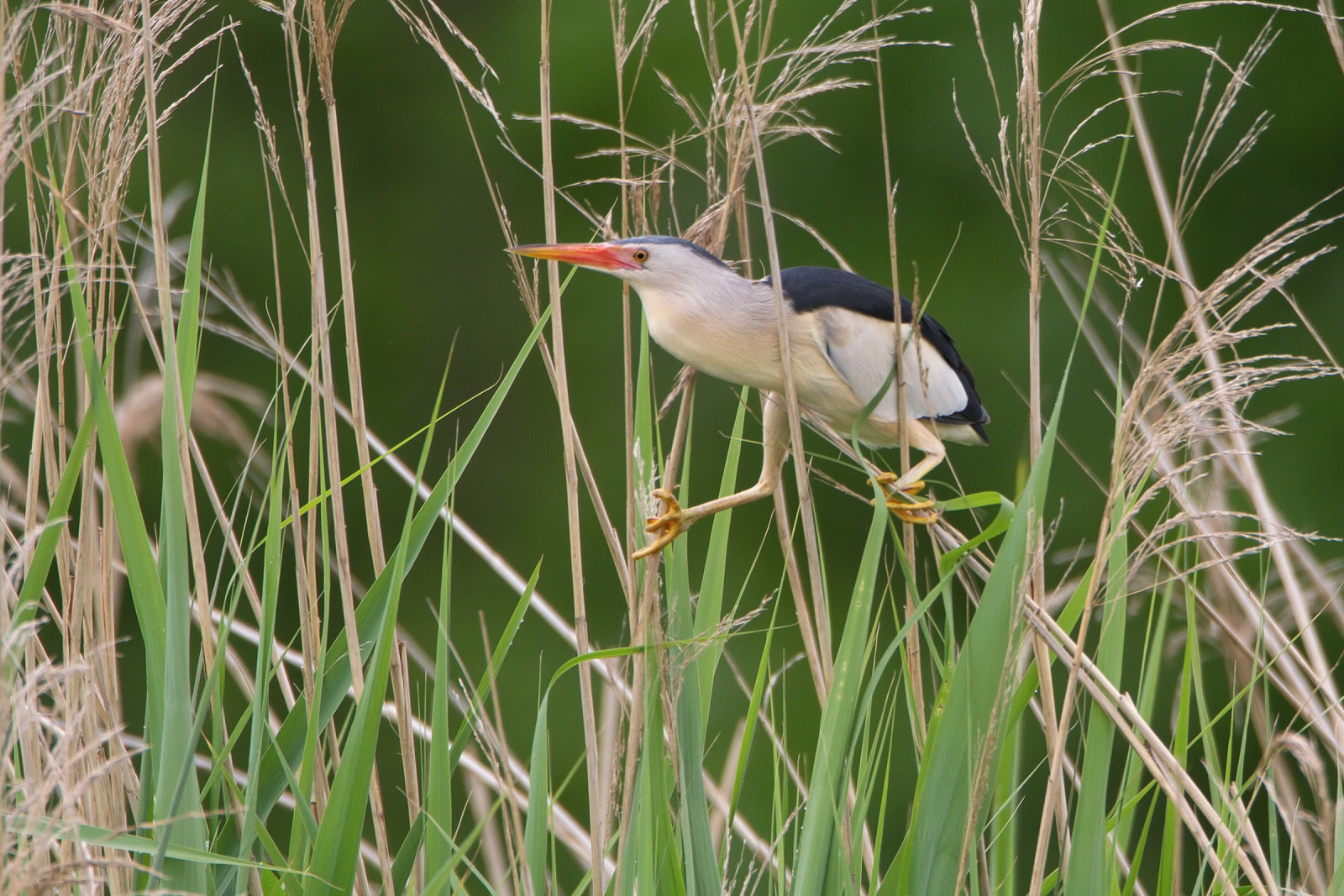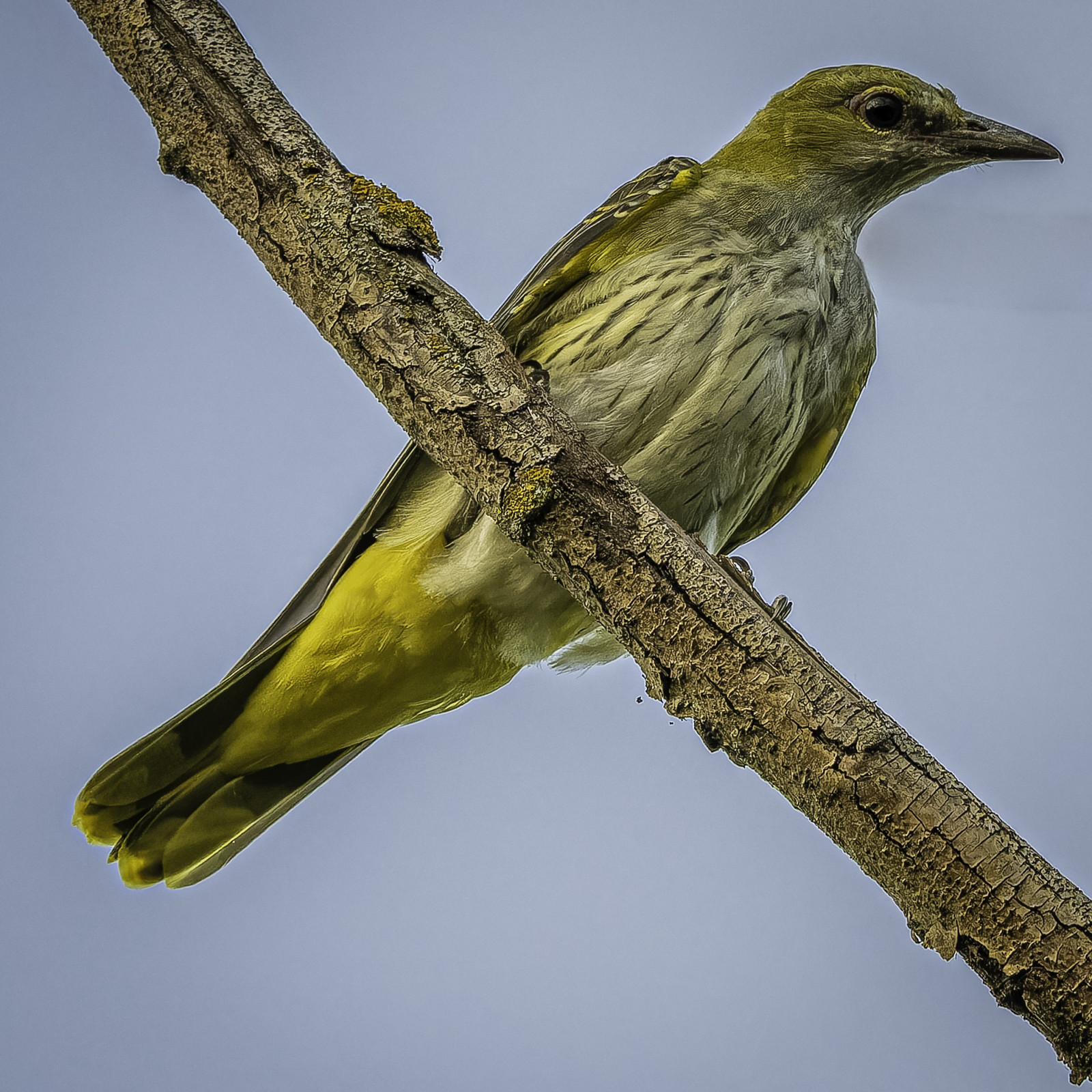Beschrijving
Kiesgrube Burgliebenau is one of the most important sites for breeding and resting birds in the region. The 2 gravel pits used to be a coal mining area, but they have since been flooded with water. Coal is still mined in the inaccessible area.
Due to the neighbouring forest, the large reed beds and lakes, the sandbanks and muddy areas, you can expect to see a wide variety of birds there! You can walk along a tarmac path between two lakes and have the opportunity to observe birds on all sides. Kiesgrube Burgliebenau is recommended all year round, but the best times are spring and autumn, when many birds migrate through!
On the larger of the two gravel pits, you can expect to see several species of duck: Kuifeend, Tafeleend, Slobeend, Pijlstaart, Smient, Zomertaling, Brilduiker and Krooneend. With luck even IJseend, Grote Zee-eend, Topper and Witoogeend. There is also a large artificially built Blauwe Reiger-colony. In the reed beds you will find Roerdomp, Woudaap, Rietzanger, Grote Karekiet, Buidelmees, Baardman and Blauwborst in significant numbers. In the trees and bushes next to the path are Grauwe Klauwier, Draaihals and Sperwergrasmus can be observed.
There is a sandbank and 2 islands on the smaller gravel pit. Many Kokmeeuw and Visdief breed on the islands. Also a few Zwartkopmeeuw. On the sandbank you can see a large number of limicoles at migration time: Bontbekplevier, Groenpootruiter, Zwarte Ruiter and much more. If you're lucky, you can spot very rare species, some of the birds that have already been there are Steltkluut, Breedbekstrandloper, Terekruiter, Steppekievit, Gestreepte Strandloper and Dwergaalscholver.
Details
Toegang
Kiesgrube Burgliebenau is located 25 km west of Leipzig and 15 km southeast of Halle, close to the town of Burgliebenau. There is an official car park in the north of the area which is easily accessible by car. To the south, there is a small car park from which you can reach the area from the other side. At the beginning of this route, however, you have to cross railway tracks that are not in use. In the end, however, you walk along the same path from both car parks. The 1.7 kilometre long path is asphalted and leads past all the important observation points. The path is accessible on foot, by bike and by wheelchair from the northern car park. Click on a P in the map for directions to a car park.




